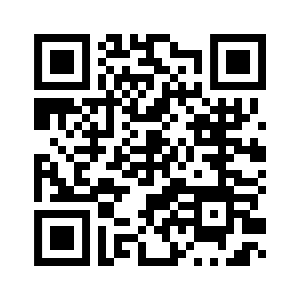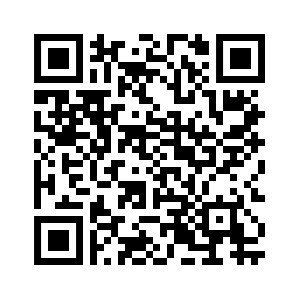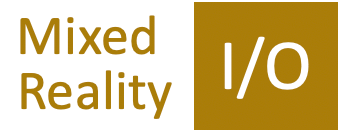If you are a product designer, developer, manager, inventor, innovator or work with anyone in these professions, then this is for you. The power of augmented reality (AR) and virtual reality (VR) is increasingly discovered and used for a more collaborative and efficient process of making real products.
If you are on a deadline, as most of you designers out there are, then just watch this video.
You may not be in the business of creating surfboards, however, this simple and fun example shows how both AR and VR technology can give you design and development superpowers before you actually produce your first physical prototype.
Initial design with 3D authoring software

The first step in product development usually happens inside of a 3D design aka 3D authoring software, where the initial ideas of a product are put into shape and form. This is when the product vision becomes something to look on a 3D canvas for the very first time. During this process, designers usually specify the exact shape of the product, the materials used and the construction it requires to serve its purpose. Iterations of different visual designs and color combinations may be developed with the goal of appealing to a large potential customer audience. Although these applications are called “3D” design software, they are not entirely 3D at all as they are being worked on through mostly desktop computers with two dimensional screens.
So is there a better way to do this or perhaps an additional step that we can take to improve our design collaboration efforts with our team and our client? Yes there is, with Virtual Reality.
Review, collaborate and iterate on design options in VR

So instead of presenting design proposals in powerpoint or even as printed renderings on the wall as it has been done for decades, product designers and developers can meet in Virtual Reality to show, discuss and iterate on the designs they have created. Products can be collaborated on in real size and can be examined from all sides and angles. And best of all, the client of the product can also join in via an integrated video call (Zoom, Teams, Skype etc.), not requiring a VR headset to be part of this discussion.
The above virtual reality collaboration process can obviously be very useful and effective. But can we take this even further? So far our design process has only been taking place in the “virtual world of pixels”. We have no idea yet what this product will look like in the real world. And that’s of course where augmented reality comes in.
Testing design candidates in real environments with AR

It can be pretty useful to augment a product design in front of you in the office, as shown above, to get a feel for its dimensions and general looks in the real world. But wouldn’t it be cool if you could place your design iterations right into the environment of action? To see how it actually fits into the space that it’s meant to be in?
Your device does not support AR.
Please switch to a mobile device and scan the QR Code.

Your device does not support AR.
Please switch to a mobile device and scan the QR Code.

Your device does not support AR.
Please switch to a mobile device and scan the QR Code.


Production of the prototype

From an initial product idea to drawing the first lines inside of 3D design software, to collaborating in VR with your team, to testing what the product will look like in real world, a decision on the final design has finally been made. And after getting the client to sign off as well, the first prototype is ready for production and ready to hit the water.
